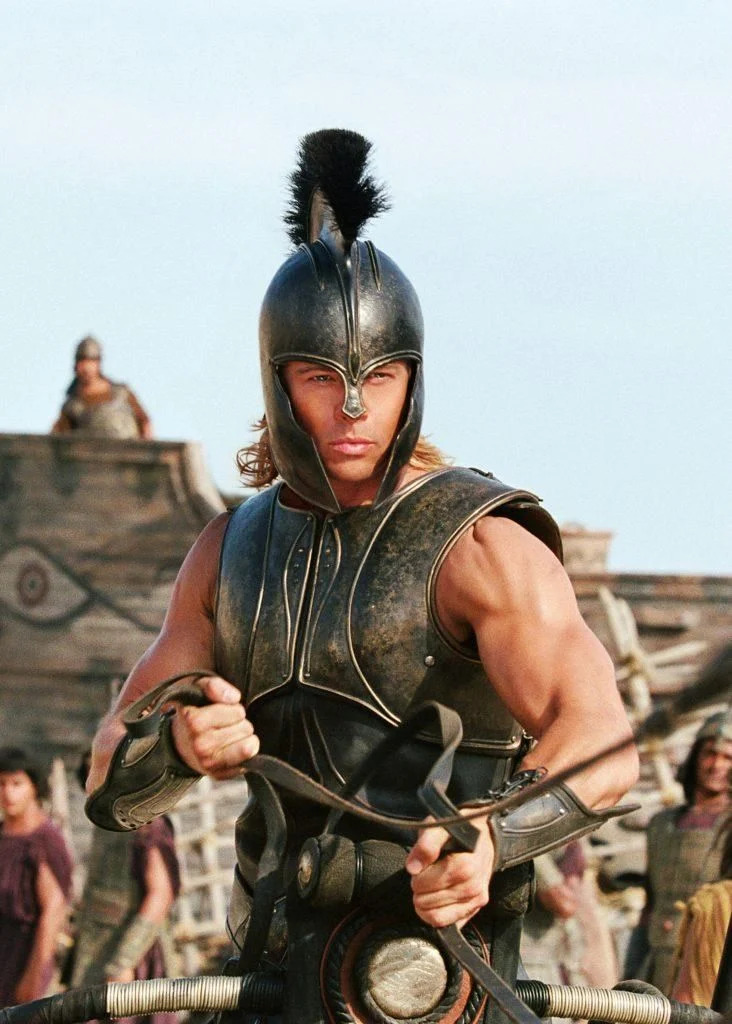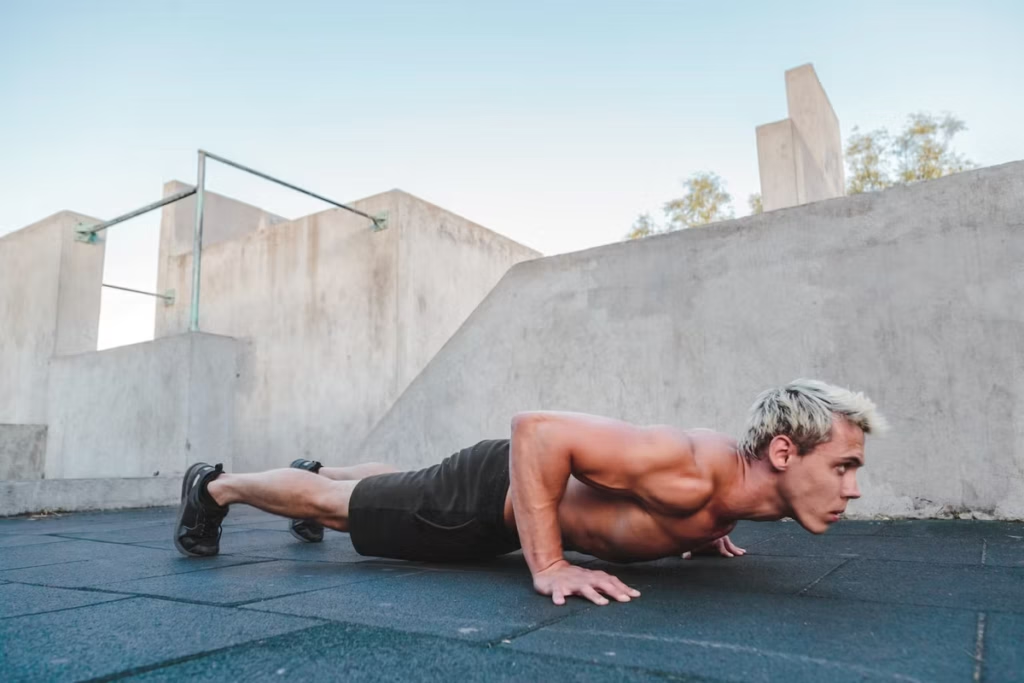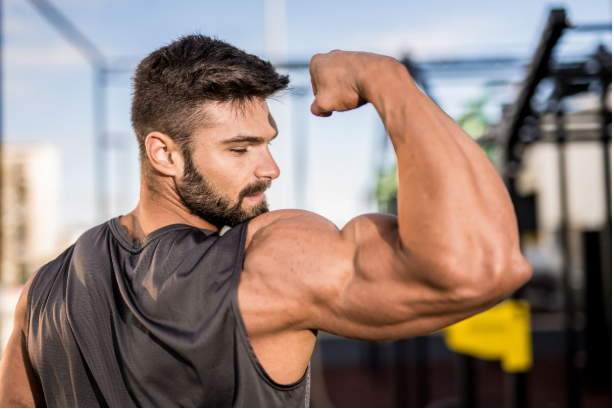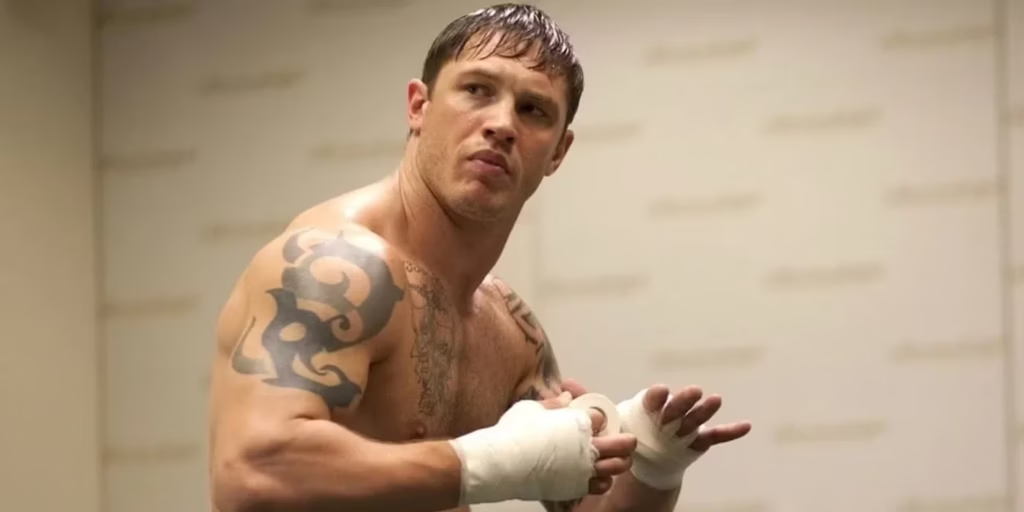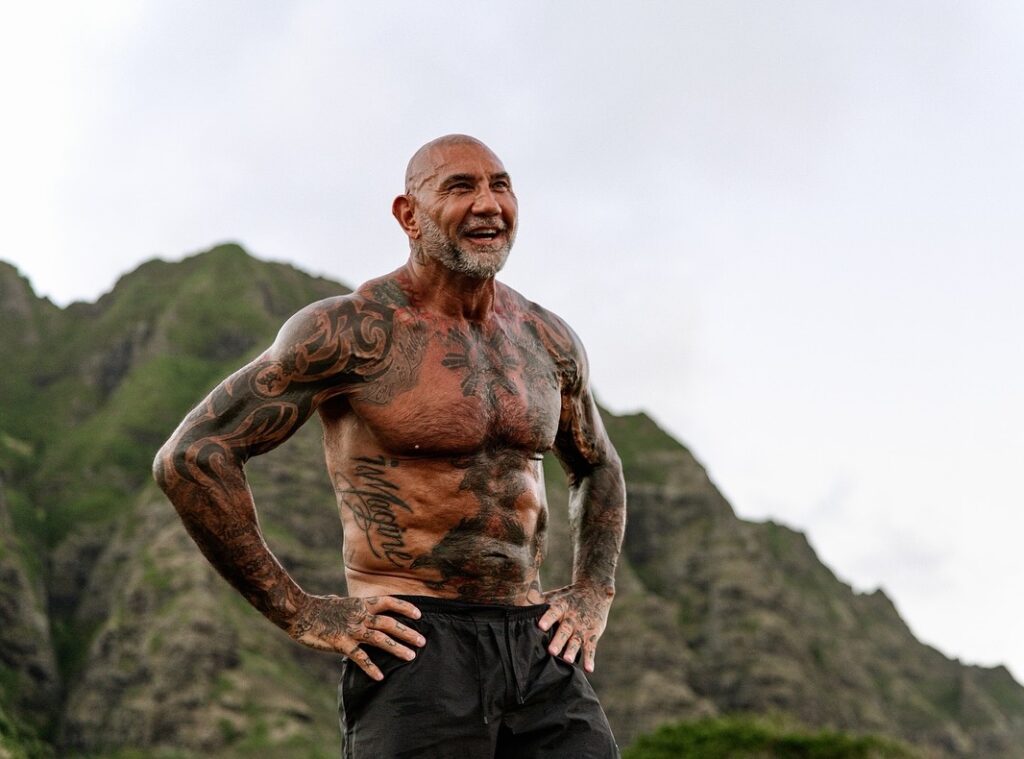Progressive overload is a fundamental principle of strength training. But as Athlean-X founder Jeff Cavaliere C.S.C.S. explains in a new video, lifting too heavy when you’re not ready doesn’t just risk holding back your gains—it can also cause injury.
“The real basis and foundation of strength is stability,” he says. “If you are working on building strength upon an unstable body, then ultimately you are going to pay the price down the road.”
He goes on to break down the three types of contraction that a muscle goes through during an exercise: concentric, where the muscle shortens, isometric, where the muscle is held in place, and eccentric, where the muscle lengthens. Cavaliere notes that we tend to be stronger concentrically than we are isometrically, so pinpointing your max weight at the isometric stage of an exercise can be a useful way of measuring where you are strength-wise.
“If you can’t stop the weight at any point in the range, then the weight you’re lifting is too heavy,” he says, explaining that you are able to lift the weight during the upward motion but can’t hold it isometrically, then the likelihood is you actually just swung that weight up and won’t be getting the hypertrophic benefits of a concentric contraction. “The accumulation of more momentum-based reps is just basically diluting the work being done by the muscle itself,” he adds.
If your goal is to maximize time under tension while the muscle is in an eccentric contraction, Cavaliere acknowledges that “cheating” your way through the concentric movement can be justified. “But if you’re not just training for eccentric overload, and you shouldn’t exclusively, then you need to be able to take that load and control it and stop it at any point in the range of motion, I don’t care where it is.”
He recommends testing the upper limit of the weight you can control on each individual exercise, in order to ensure both that you are not lifting too heavy, but also that you are lifting heavy enough.
This article was first published on Men’s Health US.








